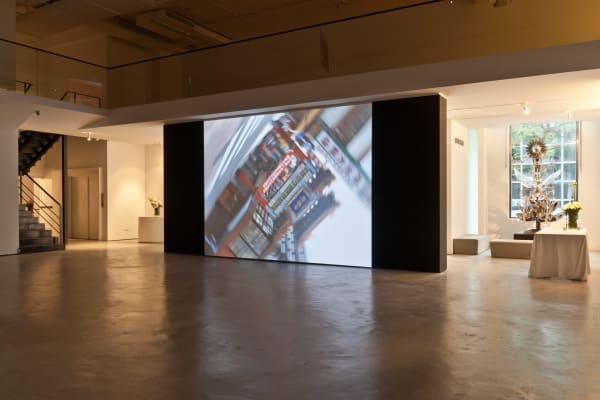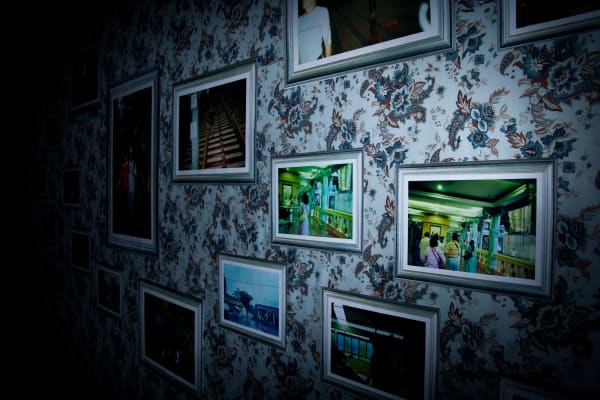Somnambulism: Phantasmagoric Fugue: Curated by Guo Jau-lan
The concept of somnambulism — can be traced back to ancient Chinese medicine, where it broadly refers to an incompleteness of a person’s soul. The soul, comprised of three finer compounds hun and seven baser instincts po, becomes incomplete, when two huns and six pos are disoriented from the body, or in the condition where a non-native soul inhabits the body of a corporeal host. Somnambulism originally explained the inquilinous relationship between the body and the soul. However, in this world of excessive imagery, faraway imaginings can now travel anywhere. With the huge volume of visions and images circulated throughout society, imagination is no longer restricted to being simply a postscript to reality; they are now completely intertwined with the pulse of the other. Somnambulating has become a communal energy. Rather than endangering the corporeal centrality of the soul, it instead crosses the borders between various worlds: the personal and the communal, reality and virtuality, the illusory and the corporeal, time and space.
Five artists were invited to present at Somnambulism: Phantasmagoric Fugue, including Taiwanese artists Yao Jui-chung, Yuan Goang-Ming and Wu, Chi-Tsung, Korean artist Yeondoo Jung, and Hong Kong artist Pak Sheung Chuen. In the context of their artistic practice, Yuan Goang-Ming and Wu, Chi-Tsung find themselves in the reflexive stance of excavating the modernity of video art in a spectacle of image overflow. Yeondoo Jung, on the other hand, wields video art like an illusionistic magician, with the precision of rehearsed film crews and props, while manually employing “long-takes” to challenge the limits of illusion and imagination. Yao Jui-chung, applying the methods of post-archive, evokes an epiphany of collective memory, with a dark-humored veil. Lastly, the artist from Hong Kong, Pak Sheung Chuen traveling with masked eyes, suggests a return to innocence, a feasible path “without visual interference.”
















